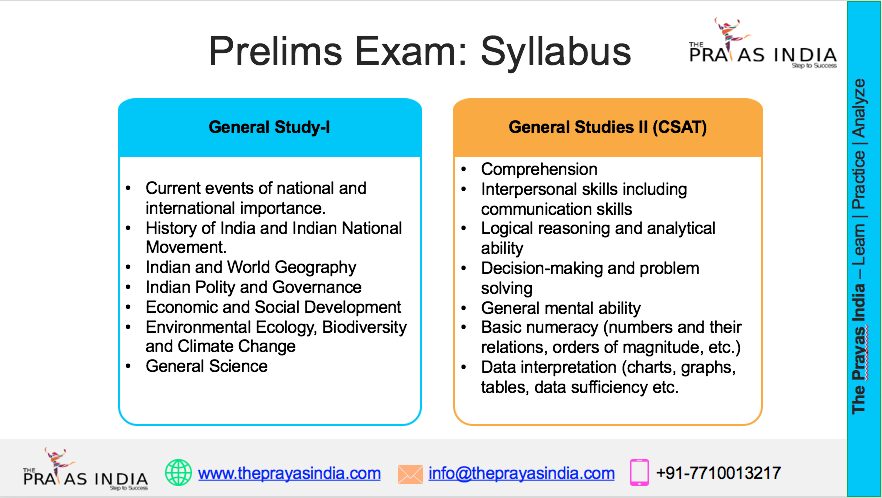Quantum Magnetic Navigation System – The Future of GPS-Free Navigation
In the era of modern warfare and advanced technology, navigation has become a critical element for both military and civilian applications. For decades, satellite-based navigation systems like the United States’ GPS, Russia’s GLONASS, Europe’s Galileo, and China’s BeiDou have been the backbone of global positioning and timing. However, as recent conflicts have shown, these systems are not invincible. Increasingly sophisticated jamming, spoofing, and cyberattacks have exposed their vulnerabilities, prompting researchers to develop more resilient alternatives. One of the most promising breakthroughs in this space is the Quantum Magnetic Navigation System (QMNS) — a revolutionary technology capable of guiding aircraft, submarines, and drones without relying on satellites.
The Weakness of Satellite Navigation
Satellite navigation works by transmitting signals from orbiting satellites to receivers on Earth, allowing them to calculate position and time. While highly accurate under normal conditions, these systems are susceptible to interference. In conflict zones like Ukraine and the Middle East, electronic warfare techniques have been used to block or distort GPS signals.
Common threats include:
- Jamming – Overpowering the navigation signal with noise so that receivers can’t detect it.
- Spoofing – Sending false location data to mislead navigation systems.
- Meaconing – Rebroadcasting altered signals to confuse receivers.
- Natural disruptions – Solar flares and atmospheric disturbances that degrade signal quality.
In high-stakes military operations, losing accurate navigation for even a few minutes can have severe consequences. This has led to a surge in research for technologies that can operate reliably in GPS-denied environments.
Understanding the Quantum Magnetic Navigation System
The Quantum Magnetic Navigation System is based on quantum sensing — a technology that leverages the quantum properties of atoms to measure extremely small changes in magnetic fields. The Earth’s magnetic field, while seemingly uniform, has subtle variations caused by the composition of the crust, geological formations, and magnetic anomalies.
Using ultra-sensitive quantum magnetometers, QMNS can detect these variations with remarkable precision. By comparing real-time measurements to pre-mapped magnetic anomaly charts, the system can pinpoint its exact location — even deep underwater or in areas where satellite signals are blocked.
Unlike traditional inertial navigation systems (INS), which gradually drift over time, QMNS provides a drift-free solution. When combined with INS, it becomes a robust and self-contained navigation method.
Applications in Defence and Civilian Sectors
The potential of QMNS extends across multiple domains:
- Military Operations – Submarines, stealth aircraft, and long-range missiles can navigate without emitting detectable signals, reducing the risk of enemy tracking.
- Unmanned Vehicles – Drones and unmanned underwater vehicles (UUVs) can operate autonomously for extended periods in GPS-denied zones.
- Maritime Security – Enhanced navigation for warships and commercial vessels operating in contested waters.
- Civilian Uses – Undersea mining, oil exploration, and deep-sea cable maintenance can benefit from reliable positioning where GPS cannot reach.
Global Development of QMNS
Research into quantum magnetic navigation began in the late 1990s but gained momentum in the 2010s when miniaturisation and advanced quantum sensors became feasible.
- United States – DARPA (Defense Advanced Research Projects Agency) is developing deployable QMNS prototypes, aiming for operational readiness by 2027.
- China – Successfully tested operational quantum navigation on submarines as early as 2018.
- UK & Germany – Collaborating to integrate quantum sensors into next-generation submarines and autonomous drones.
Field trials show that QMNS can outperform GPS in certain conditions, offering accuracy down to a few meters without any satellite input.
India’s Strategic Push in Quantum Navigation
India has recognised the strategic importance of GPS-independent navigation. Under the ₹6,000 crore National Quantum Mission, quantum sensing is a top research priority.
Key initiatives include:
- DRDO – Developing indigenous quantum magnetometers and atomic clocks for defence applications.
- IIT Bombay – Working on portable quantum sensors for drones and aircraft.
- Startups like QuBeats – Innovating quantum positioning systems for the Indian Navy.
For India, QMNS is not just about military advantage — it’s also about strengthening the Blue Economy, which involves sustainable use of ocean resources, deep-sea exploration, and protecting maritime interests in the Indian Ocean Region.
Balancing Technology and Strategy
The Quantum Magnetic Navigation System represents a technological leap that could redefine global navigation standards. As satellite-based systems face growing threats, QMNS offers a secure, self-contained alternative. For nations like India, investing in this technology is essential to maintain operational security, economic competitiveness, and scientific leadership.
In the coming decade, the integration of QMNS into defence, shipping, and civilian operations will be a game-changer. The technology promises not only to protect critical missions from hostile interference but also to open new frontiers in autonomous and deep-sea exploration.




![Prayas-तेजस [UPSC CSE Sociology Optional] – Online & Offline](https://theprayasindia.com/wp-content/uploads/2025/09/Prayas-तेजस-UPSC-CSE-Optional-Subject-The-Prayas-India-300x300.png)
![Prayas-सूत्र [UPSC CSE Materials (Hardcopy)]](https://theprayasindia.com/wp-content/uploads/2025/09/Prayas-सूत्र-UPSC-CSE-Study-Materials-Hardcopy-The-Prayas-India-300x300.png)
![Prayas-मंत्रा [UPSC CSE CSAT]](https://theprayasindia.com/wp-content/uploads/2025/09/Prayas-मंत्रा-UPSC-CSE-CSAT-The-Prayas-India-300x300.png)
![Prayas सारथी [UPSC CSE One on One Mentorship]](https://theprayasindia.com/wp-content/uploads/2025/09/Prayas-सारथी-UPSC-CSE-One-on-One-Mentorship-The-Prayas-India-300x300.png)










